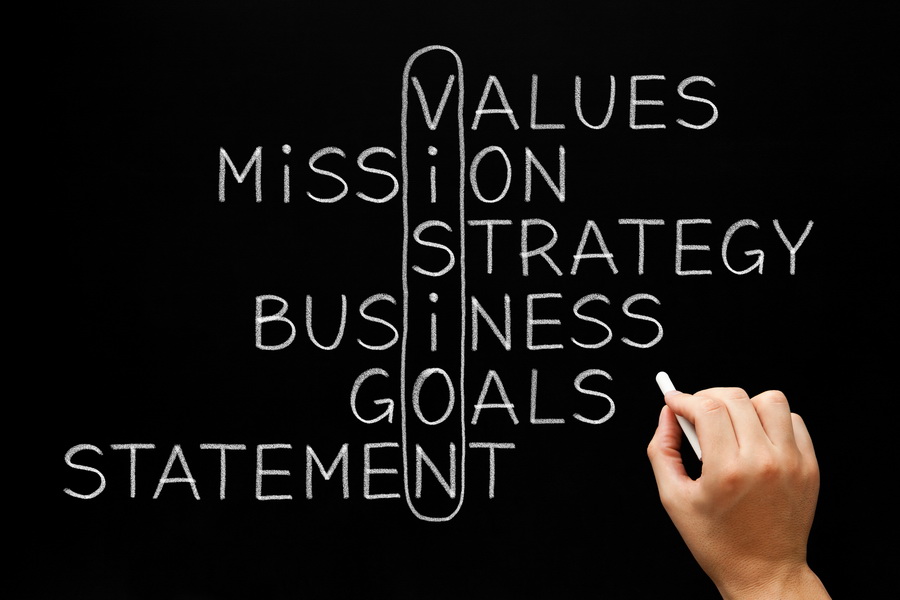In early 2019 a Council of Australian Governments (COAG) meeting was held in Cairns.
The communique from that meeting covers a lot of ground, but this time it had a bit to say about VET and a ‘vision’ of its role in skills development in Australia.
The COAG communique
The communique envisions Australia’s VET system delivering “high quality education and training that meets the needs of students and employers.” Like the Prime Minister, it also stressed that:
“VET and higher education are equal and integral parts of Australia’s post-secondary education system” seeing them as a “joined up and accessible post-secondary education system with pathways between VET, higher education and the school system.”
COAG’s communique signals a resolve for the Commonwealth and the states and territories to “work together to deliver a system which helps all Australians.” This will involve Skills Ministers at the federal and state/territory levels working together through a new COAG Industry and Skills Council, and in consultation with education ministers, to advise the Prime Minister and Premiers “on future reform priorities by the end of 2019 and provide a reform roadmap to COAG in early 2020.”
The vision for VET
The COAG vision for VET sees it as an education sector that:
“Provides workforce skills and relevant, up-to-date qualifications that are well matched to the evolving opportunities and challenges of Australia’s modern economy.”
The vision is that this is done flexibly and with offerings right across an individual’s career, including “foundational training, initial training, upskilling or re-skilling.” VET should also provide “useful and accessible careers information that enables prospective learners and trainees to make informed decisions about their future.”
The vision sees VET as responsive to the needs of private industry and the public sector. It should also ensure employers have ready access to a highly skilled and adaptable workforce. But the vision includes industry sharing the responsibility for growing a skilled economy.
VET is also seen as consistent and flexible. Thus, there is:
“A focus on national consistency in key areas, such as quality assurance and qualification levels, whilst maintaining flexibility in the system for jurisdictions to meet local needs [that] will ensure VET continues to work for all Australians into the future.”
But, balancing consistency and flexibility can be challenging, particularly for providers.
VET in schools is not neglected either with the vision seeing VET qualifications being provided to school students “that are valued by employers and provides a clear pathway from school to careers [requiring] VET qualifications.”
Finally, the vision sees VET delivering:
“positive opportunities and outcomes for all Australians regardless of geographic, social or personal circumstances. This includes access for learners in regional, rural and remote areas, and to foundational skills when individuals need them.”
So, this hits all the major trigger points for the VET sector’s missions: serving the needs of individuals, industry and employers and doing social good.
And this is a vision shared by others
We have been in and around all this before. Earlier articles in VDC News explored a more integrated and ‘equal’ tertiary sector. These include Rethinking tertiary education and a think piece from Stephen Parker from KPMG and colleagues on a tertiary education ecosystem. Anne Jones, formerly at Victoria University, has had her six-penneth worth too, with her vision for VET in the 21st Century including an integrated tertiary education sector.








